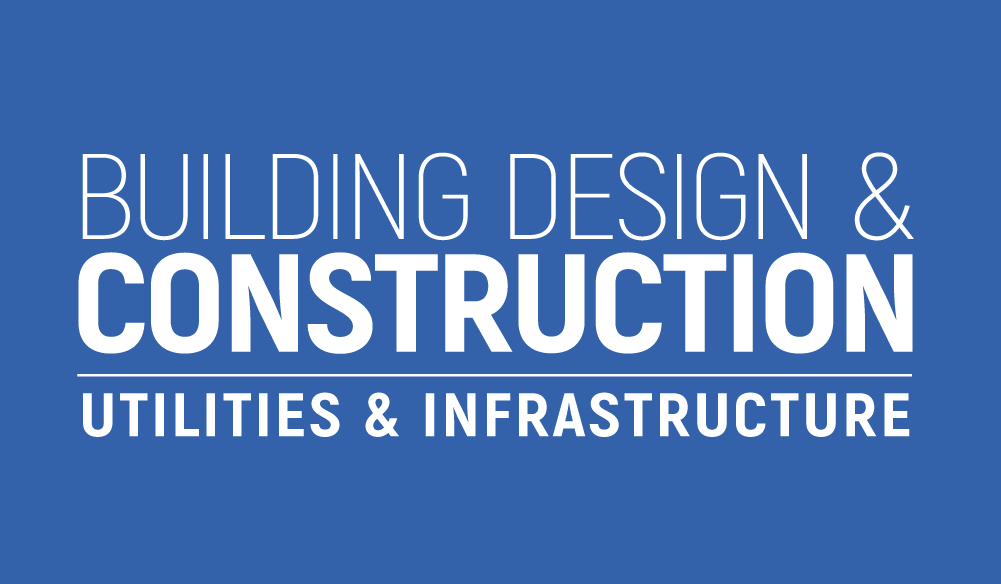According to the UK Government, the solar industry is big business, with over 1 million solar PV systems installed by the end of 2020 – an increase of 1.6% on the previous year. Currently, only around 3.5% percent of total generated UK electricity is provided via solar energy systems, but with solar PV predicted to be the fastest growing form of renewable energy production, by 2050, it’s likely that those figures will look very different. So why might now be the right time to move over to solar, incorporating it as standard when new construction projects are undertaken? Why incorporate solar into design?Anyone responsible for paying energy bills will know that prices have been steadily on the rise for some time now – in part down to the increasing complexity of the worldwide energy market as fossil fuels are phased out and renewable energy production continues to grow and evolve. Investing in a solar power system as part of a new build will allow for safeguarding against rising costs in the future, alongside increasing the end value of the property. Whilst the initial expenditure may seem large, in terms of overall build costs of solar versus traditional energy infrastructure, the prices are not much different, and the ongoing rewards are even bigger – the average UK resident will see a return on investment in only a few short years, whilst the benefits will keep on going. Pairing energy storage with solar installs is also beginning to gain traction – in fact, it has been demonstrated that if all UK south facing roofs were to have solar panels, the entire business industry could be powered by solar alone. However, it’s also important to remember that without storage, energy generated in this manner is lost, and alternative forms of power must be used to bridge the gap before the sun comes out again. Shifting bulk amounts of energy around still involves high prices for energy storage, and is not yet feasible on a mass scale. However, with individual storage solutions now available for installation in tandem with PV panels, on an individual or organisational level, it is possible to ensure that the power of solar stays possible, even during the hours of darkness, by incorporating storage into the design and construction of modern property. Design and flexibilityWhen you’re looking at options for a new build, it’s likely there will be solar technology available that will work with your design. Many solar PV panels are installed on rooftops (flat or pitched) and made of various materials, including metal, tile and shingle, meaning you can merge style and aesthetics when assimilating solar into your plans. No available south facing roof space doesn’t mean no potential for solar, and ground mounted solar energy systems and solar carports are also available, meaning it is possible to generate electricity from a variety of locations, in a range of situations – options are available for even the most unique property compositions. With emerging innovation such as that from the University of Sheffield, who have created a new type of solar cell which is more efficient and costs less to manufacture, it is likely that the appetite for solar will increase in line with the rise in supportive regulations and funding, research and development. This, in turn, will lead to a decrease in price for panels and infrastructure. Installing solar now will offer an advantage for anyone who wants to ensure that their new property is fit for the future, reducing running costs and benefiting the environment, and ultimately boosting value… whichever way you look at it, incorporating solar into building design is a strong move.





